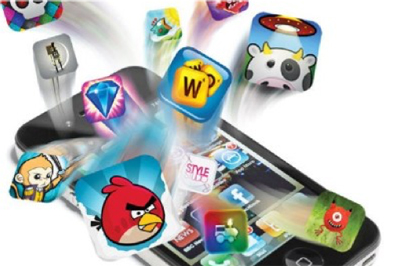There’s a world of difference in marketing a gaming app and anything else.
The biggest differences between marketing a gaming app or a non-gaming app lie in the behavior of the users.
The Gamers In-app purchases are based on impulse/necessity to continue using the app. App use is driven by frequent re-engagement from the publisher. Most of the engaging with an app is right after download and cools off after a week or two.
A more useful way of considering whether app install campaigns are successful is by developing methods to measure things like engagement levels and lifetime value.
The key differences in marketing a gaming app versus a non-gaming app
Usage rates for non-gaming apps such as shopping apps grew by 54% in 2017, while the usage of music, media and entertainment apps jumped by 43% over the same timeframe.
Trends seen in gaming apps hold an important lesson for mobile app marketers, who need to look beyond downloads as a way to measure the success of install campaigns.
lies in three factors – the audience, the channels, and the message.
Audience
When marketing a gaming app, your audience is broad, and it’s not just the younger generation playing games. In fact, adults age 35-44 spend the most on mobile games, averaging $6 per person, per month.

Channels
Mobile gaming marketers have a bigger pool of channels to utilize in promoting their product. Platforms like Facebook and Twitter make it easy to find pools of users that fit a marketer’s demographic, and there’s no shortage of publications and RTB exchanges they can work with to drive installs and engagement. Savvy marketers, partner with companies that will go beyond a cost per install (CPI) basis and drive actions like registrations, purchases or subscriptions. Those partners are highly incentivized to help grow an app’s user base.
Because revenue generated in the first week is significant, and then mostly drops off, effective messaging at the right time is key.
Over 30 percent of paying gamers make more than three purchases within a 90-day period, which represents a significant sum. Re-engaging the 2- or 3-time purchasers can increase this number even further.
Message
When marketing a game, it’s safe to assume that a publisher has at least 10 competitors trying to acquire the same audience, so the messaging revolves around making the app stand out from the rest. When it comes to re-engagement, messaging focused on instant gratification will find more success.
A bonus offering free coins or extra lives is immediately useful and gets users back into the game. It might help them beat a level they couldn’t before, which caused their inactivity in the first place. More importantly, it helps them realize the benefit of a bonus they’ll only have to pay a small fee to receive going forward.
Success
The metrics or KPIs your particular app may depend upon for success will vary from app to app, but the constant (in marketing a game or anything else) should be narrowly focusing on what those KPIs are and optimizing marketing efforts to achieve the desired action.
Defining your audience, testing available channels, nailing down the messaging, and working with partners who know how to find ideal users at a cost-effective price are strategies that work regardless of what you’re marketing.




